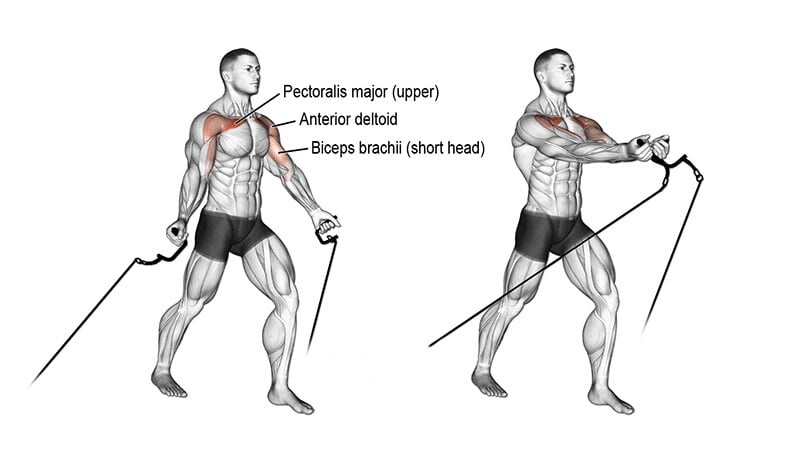

With your palms facing one another, and arms fully extended towards the floor, separate the hands so that they are roughly 12-16” apart from one another.Get yourself set up either on an incline bench or bent over, with dumbbells in each hand (same set up as the reverse fly).This is a great exercise to train the rear delts with heavier weights and build muscle and strength.

In this exercise, you will allow the elbows to bend as you lift the weights upwards, keeping your elbows flared out to the sides.īy bending the elbows and keeping them flared outwards, instead of keeping the elbows straight or rowing the weights up with your elbows tucking into the body, you are able to lift heavier loads yet still isolate the rear delts. The bent over dumbbell face pull is a very similar exercise to the bent over dumbbell reverse fly. Keeping your elbows straighter will be harder, and you will not be able to use as much weight, so be OK using lighter dumbbells and slowing the reps down to really feel the rear delts. Think about lifting the weights in an arcing movement pattern, rather than bending the elbows and growing” the weight upwards.
#Cable crossover alternative with dumbbells how to
The chest supported reverse fly is a great option because it minimized the amount of body swing and momentum that can be used, and also does not allow the lifter to change their angle to make the movement easier as they get more tired (the more upright you are, the easier the movement is and the less it targets the rear delts).įor the sake of this article, we will discuss how to properly perform the bent over dumbbell reverse flye (self supported).

The goal here is to get your body to be close to parallel to the floor, or slightly angled upwards from that to ensure gravit is still pulling the weights on a downward angle (instead of you being upright). The belt over dumbbell reverse flye can be performed lying face down on an incline bench (supported) or bent over (self supported). While there may be other movements that also target or at least train the rear delts, the below four (4) exercises will offer you the most effective way to directly train the rear delts with dumbbells. Rear Delt Exercises With Dumbbellsīelow is a complete list of the best rear delt exercises with dumbbells. Starting by performing 3-4 total works sets that target the rear delts per workout (3-4 days a week) can be a good way to add volume without increasing soreness or impeding recovery from hard training and stress from heavier compound lifts. If you are looking to add additional rear deltoid work to your current training program, you can start by performing 8-12 additional work sets per week and see if that helps make a difference (and doesn’t negatively impact your performance elsewhere). When looking to build the rear deltoids, you need to first look at your workout program to see how much they are indirectly getting trained from other movements.Įxercise like pull ups, pulldowns, bent over rows, dumbbell pressing, and even olympic weightlifting movements (like snatches and cleans) all rely on the rear deltoid for stability and strength.
#Cable crossover alternative with dumbbells free
Need a workout program? Get 3 free workouts on Fitbod right now. We will explain how to perform each of them and review some tips on how to incorporate them into your program. In this article, we will discuss in detail the best rear delt exercises you can do with dumbbells, cables, bands, and no equipment at all. While the rear delt is often trained indirectly through most pulling movements like rows and pull ups, dedicated isolation work for the rear delts can add quality muscle mass, improve shoulder function, and improve pressing performance for beginner lifters and serious athletes alike.ĭirect training the rear delts can be done by performing wide grip rowing movements with the elbows flared, upright rows, and pull aparts using dumbbells, cables, bands and even bodyweight.


 0 kommentar(er)
0 kommentar(er)
